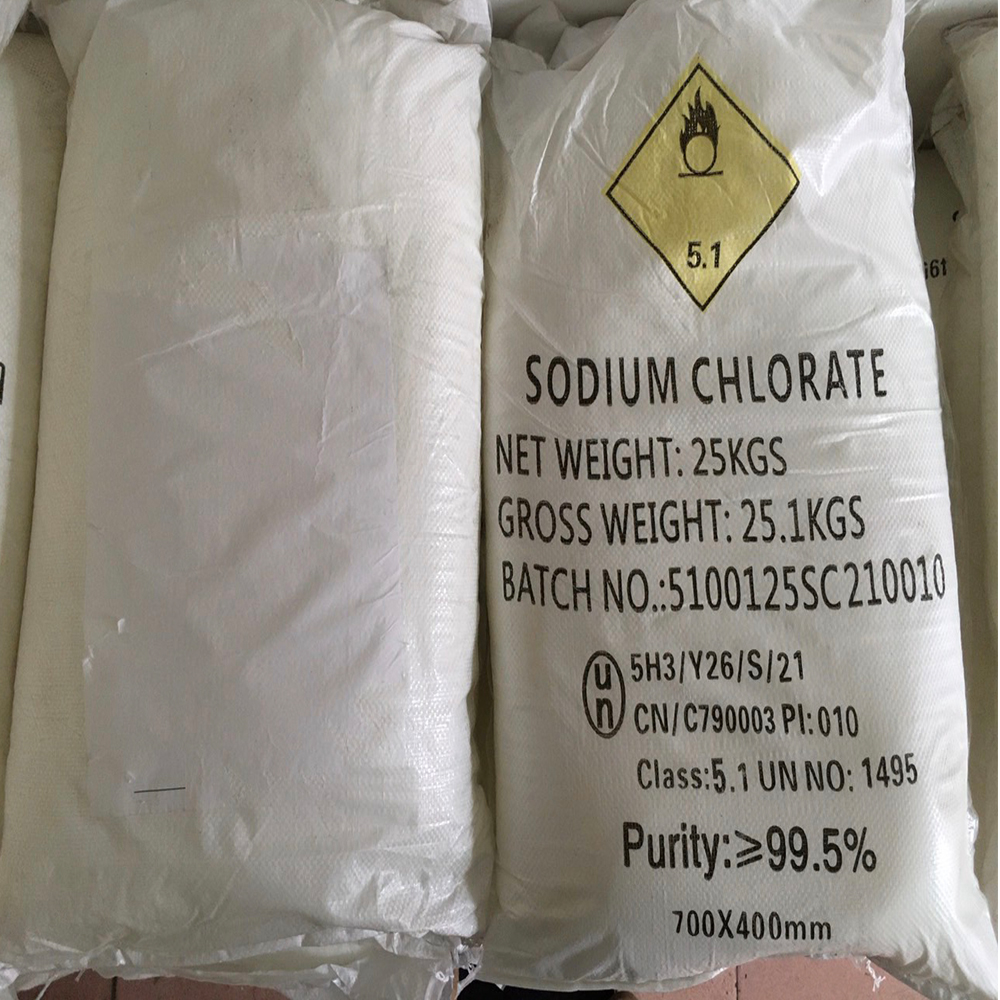



sds for 1 m sodium hydroxide
Safety Data Sheet (SDS) for 1 M Sodium Hydroxide
Sodium hydroxide (NaOH), commonly known as lye or caustic soda, is a highly corrosive substance widely used in various industrial applications as well as in laboratory settings. When preparing or handling a 1 M sodium hydroxide solution, it is essential to refer to its Safety Data Sheet (SDS) to ensure safe practices and compliance with regulations. The SDS provides crucial information about the substance's hazards, handling instructions, and emergency measures.
Product Identification
Sodium hydroxide is a white solid that is very soluble in water, producing a strongly alkaline solution
. In a 1 M concentration, sodium hydroxide poses significant risks, necessitating thorough understanding among users about its chemical properties and potential hazards.Hazard Identification
The SDS categorizes sodium hydroxide as a hazardous material due to its corrosive nature. It can cause severe chemical burns upon contact with skin or eyes and may cause respiratory irritation if inhaled. Symptoms of exposure include redness, pain, and potential permanent damage to tissues. The SDS emphasizes the importance of using appropriate personal protective equipment (PPE), such as gloves, goggles, and respirators when handling the solution.
Composition and Information on Ingredients
The primary ingredient in the SDS is sodium hydroxide, which is listed with its CAS number (1310-73-2). The document also notes that the solution is typically prepared by dissolving sodium hydroxide pellets in deionized water. Ensuring the accurate mixing of this solution is critical to maintaining safety standards.
sds for 1 m sodium hydroxide

First-Aid Measures
The SDS outlines immediate actions to take in the case of exposure. If sodium hydroxide contacts the skin, the affected area should be rinsed with plenty of water for at least 15 minutes while removing contaminated clothing. For eye exposure, irrigating the eyes with water for at least 30 minutes is critical, and medical attention should be sought immediately. Inhalation of the vapors can be serious; affected individuals should be removed to fresh air and given medical assistance as necessary.
Fire-Fighting Measures
Sodium hydroxide is not flammable, but it can react with water and various materials, producing heat and potentially hazardous gases. Appropriate fire-fighting measures include using water mist or foam but avoiding direct water application to prevent exothermic reactions. Firefighters should wear adequate protective equipment and operate from a safe distance.
Handling and Storage
To ensure safe handling, the SDS recommends storing sodium hydroxide in a cool, dry place, away from acids and incompatible materials. Containers should be clearly labeled, and work areas should be well-ventilated. Always follow laboratory procedures and protocols when working with this substance.
In conclusion, the Safe Data Sheet for 1 M sodium hydroxide is an indispensable resource for anyone working with this powerful chemical. Adhering to the guidelines provided ensures the safety of individuals and minimizes the risks associated with exposure to sodium hydroxide. Proper education and awareness are key to managing the hazards of this substance effectively.
-
Why Sodium Persulfate Is Everywhere NowNewsJul.07,2025
-
Why Polyacrylamide Is in High DemandNewsJul.07,2025
-
Understanding Paint Chemicals and Their ApplicationsNewsJul.07,2025
-
Smart Use Of Mining ChemicalsNewsJul.07,2025
-
Practical Uses of Potassium MonopersulfateNewsJul.07,2025
-
Agrochemicals In Real FarmingNewsJul.07,2025
-
Sodium Chlorite Hot UsesNewsJul.01,2025










